With more than 40,000 named roses in existence, learning about the different types of roses can seem a daunting task. This article breaks down rose classification into a simple, neatly organized guide based on the classification scheme of the American Rose Society, the international authority on rose classification.
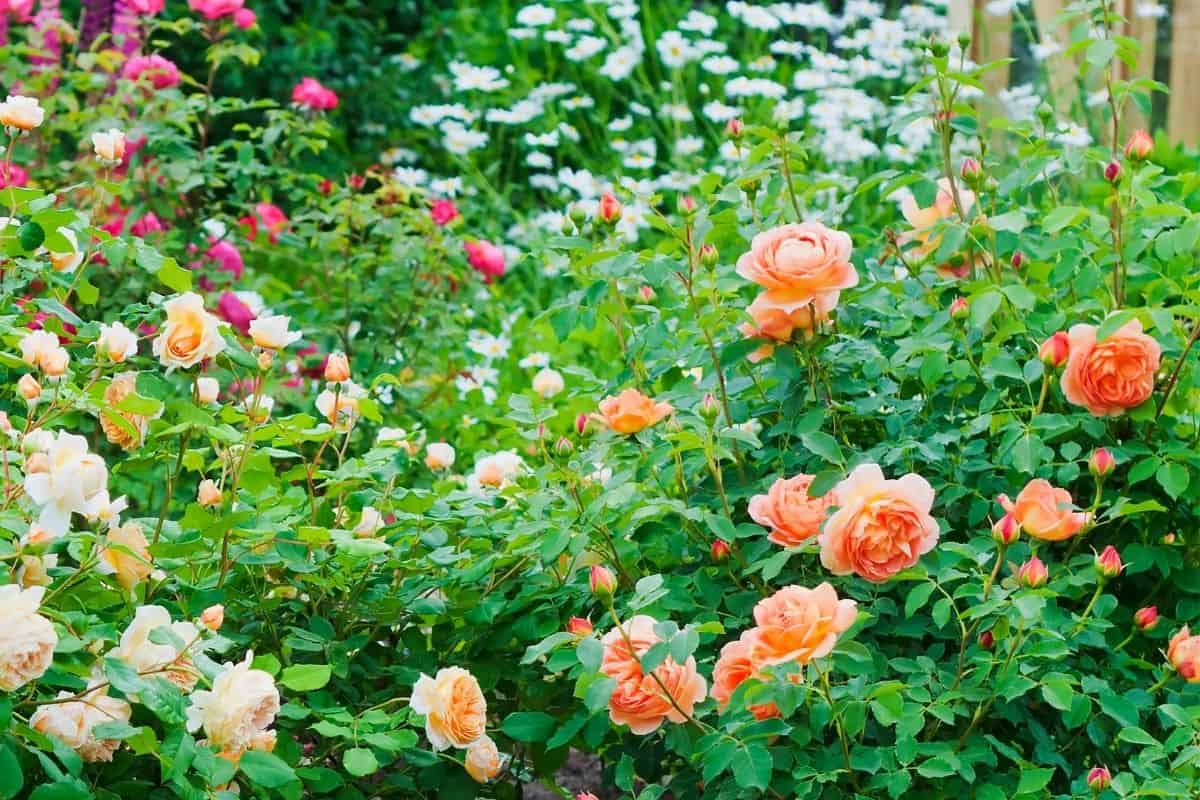
The American Rose Society divides all roses into three main groups – species roses, old garden roses, and modern roses — which further break down into 37 classes. Since it is difficult to pin down a comprehensive list of the classes (not even the American Rose Society website offers one), this guide focuses on the three main groups and some of the most common classes within them.
If you’d like your own front yard rose garden, this list will give you the inspiration you need.
Check out my post about creating a gorgeous rose flower garden.
Types of Roses
Species roses
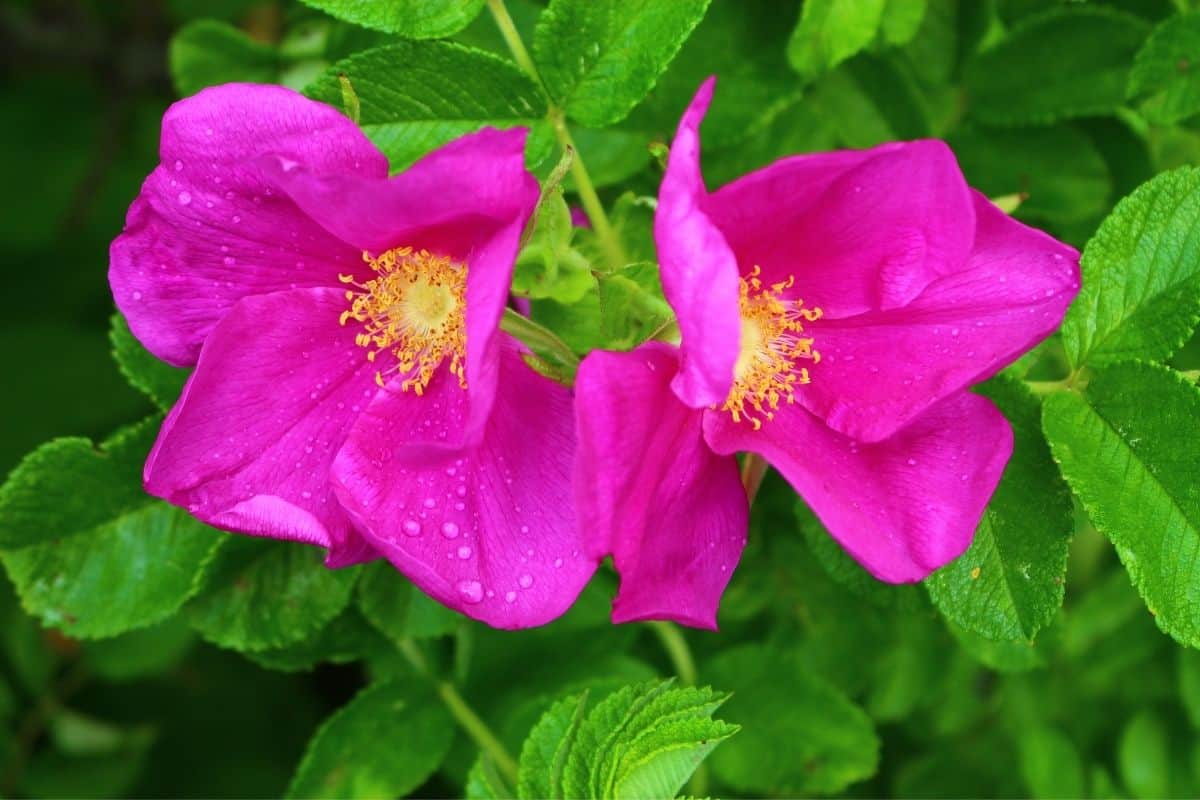
Species roses, often called wild roses, range from two to 20 feet tall. Their single-petaled blossoms have four to eight petals and bloom only once per season.
Due to the vast number of rose species, plants belonging to this group might be low-growing groundcover, upright shrubs, or even climbers, and the flower color ranges from white to crimson. Most exhibit disease resistance and thrive on minimal maintenance, though some species of roses will be more tolerant of certain conditions than others will.
Species roses are not divided into classes but tend to be grouped by color or USDA hardiness zone. They are typically listed by their Latin name, hence the classification species rose.
Love roses? Check out these ideas for landscaping with roses.
And learn how to prune drift roses.
Old garden roses
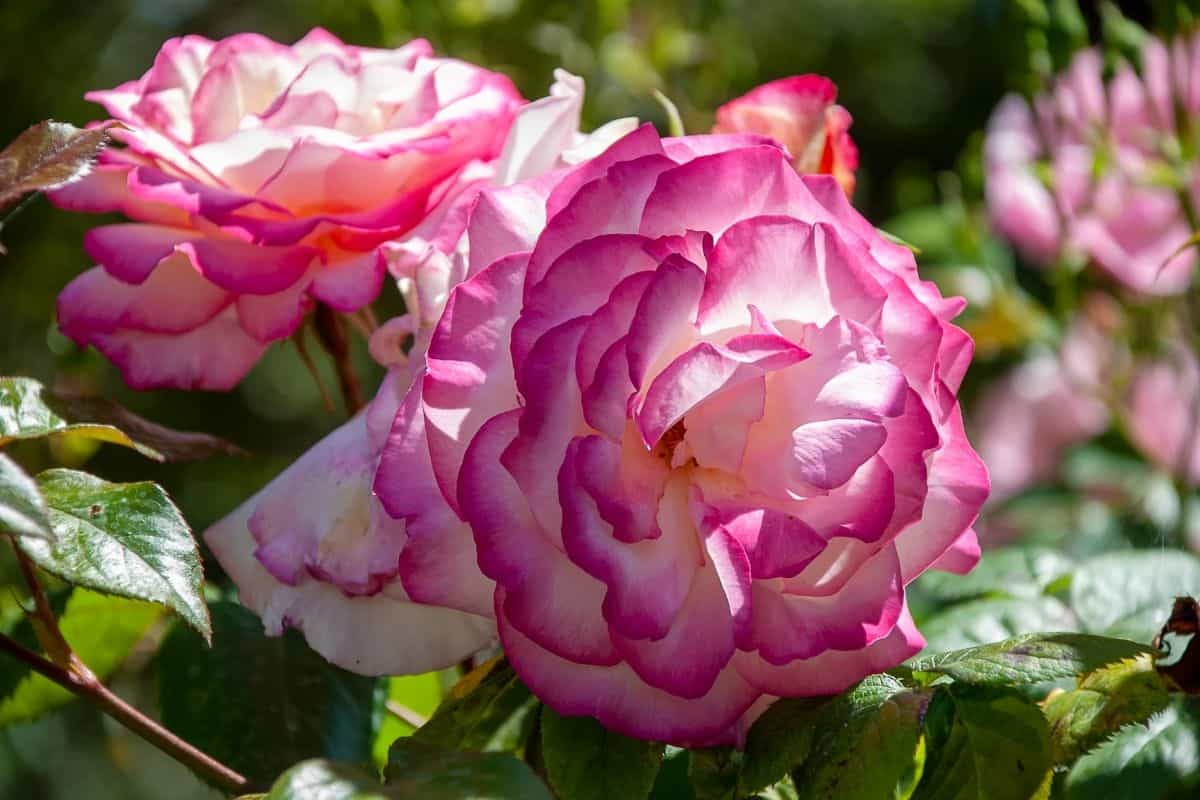
Old Garden roses are defined as classes dating from before 1867, the year the first hybrid tea rose was introduced. Twenty-two classes exist within this category, based on natural historical developments and characteristics. Old garden roses perfume the garden with their heavy fragrance, and though some only bloom once, the colorful hips lengthen their season of beauty. The flower form and color vary.
Here are some of the most popular classes of old garden roses:
1. Alba
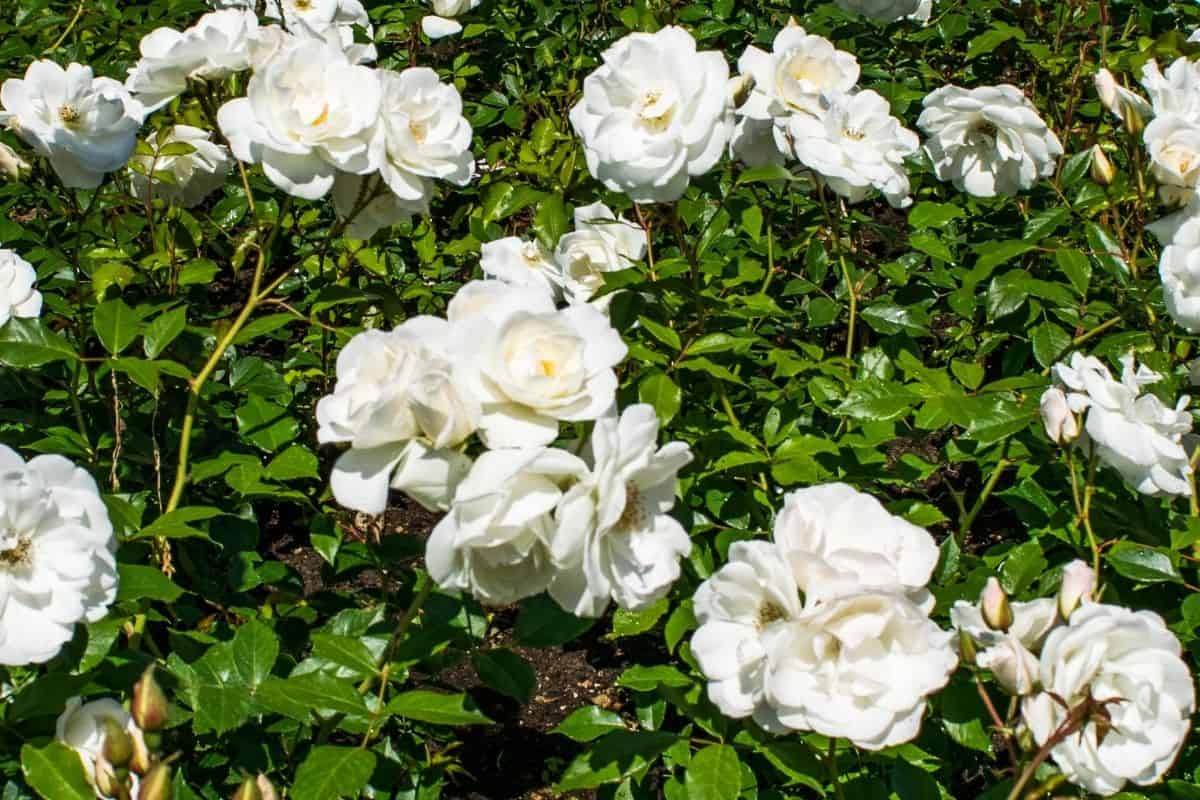
Also called white roses, alba roses have dense, blue-green leaves and an upright, often climbing growth habit. They also tend to be disease-resistant.
2. Ayrshire
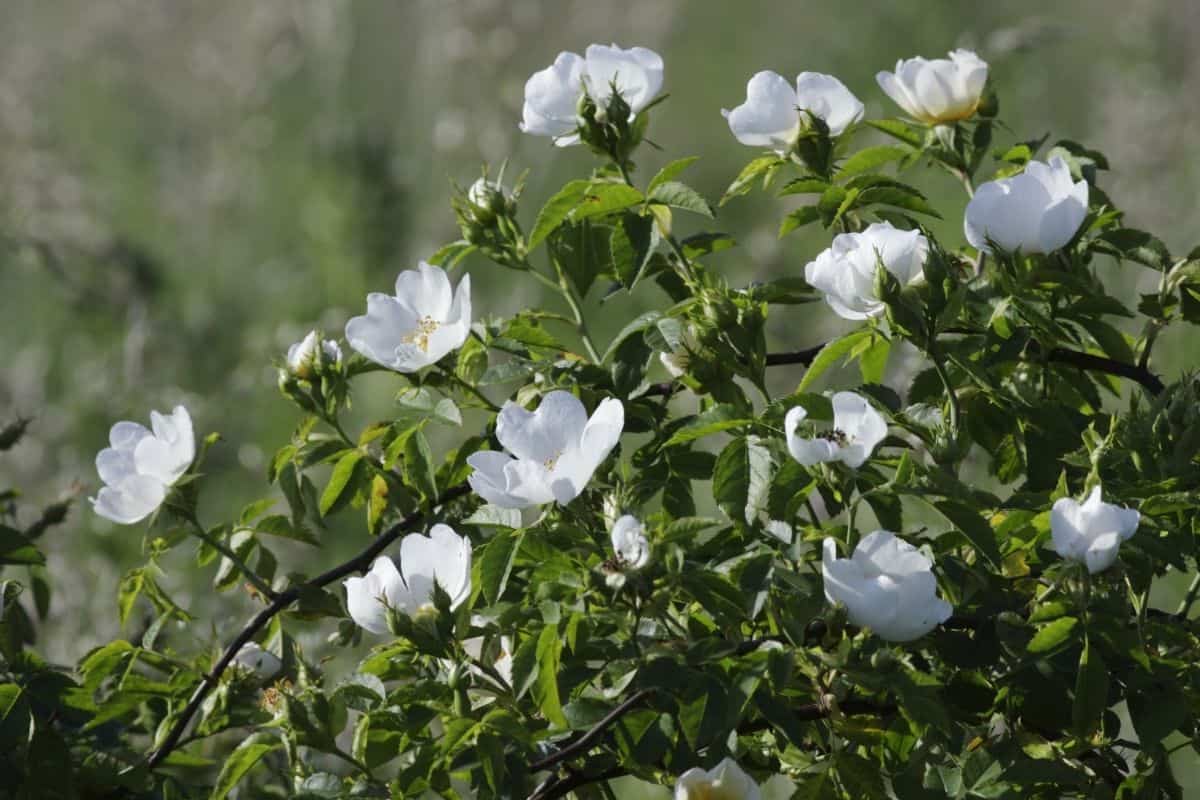
Originally from Scotland, Ayrshire roses bloom once per season and have a climbing, sprawling growth habit.
3. Bourbon
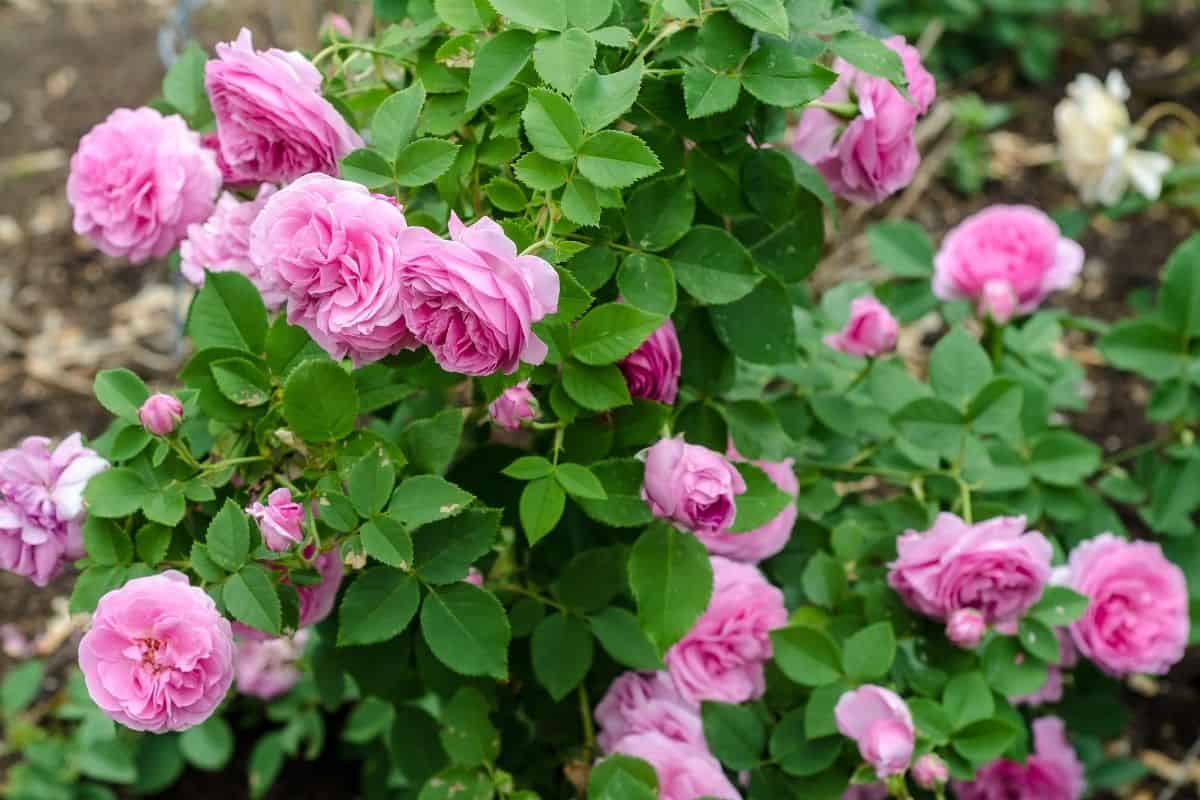
Bourbon roses originate from the Île Bourbon (now Réunion), located in the Indian Ocean. Developed from a cross between the Old Blush China rose and a form of Autumn Damask, they are among the first repeat-flowering roses.
4. Boursault
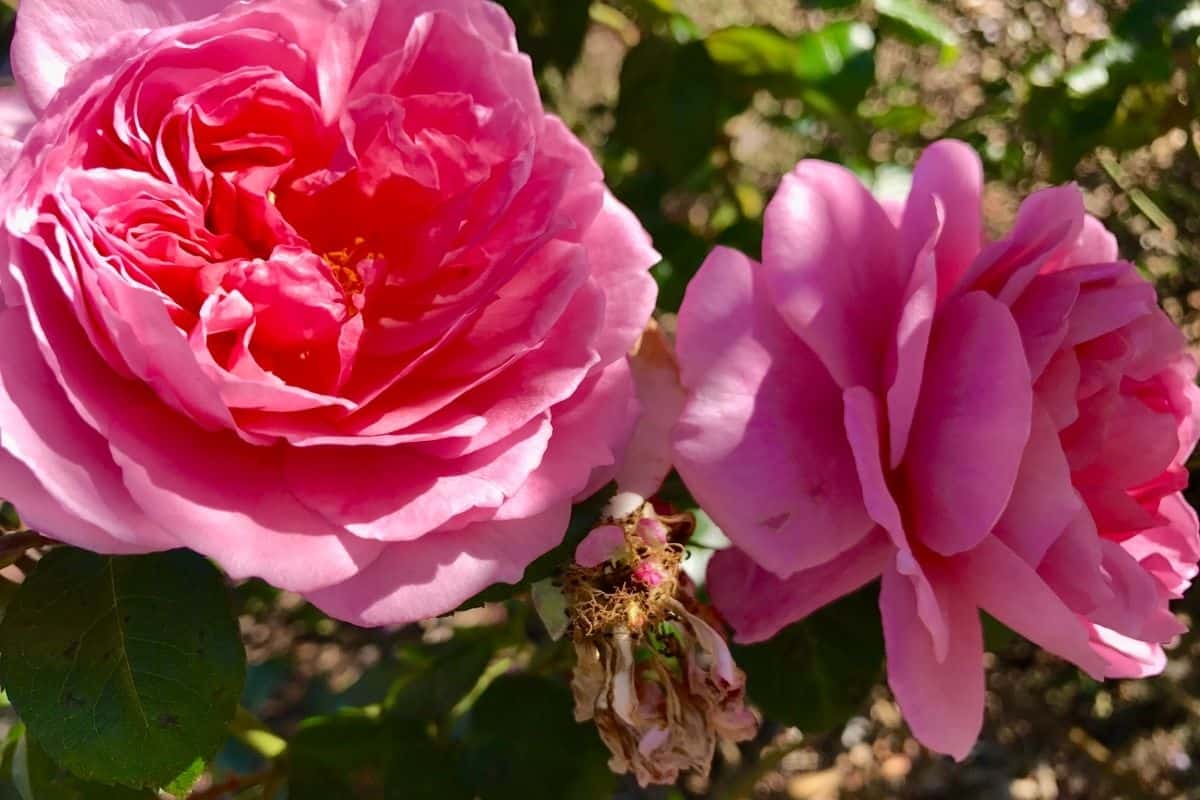
A small class, Boursault consists of once-blooming, mostly thornless, rambling roses developed by French gardener M. Boursault.
5. Centifolia
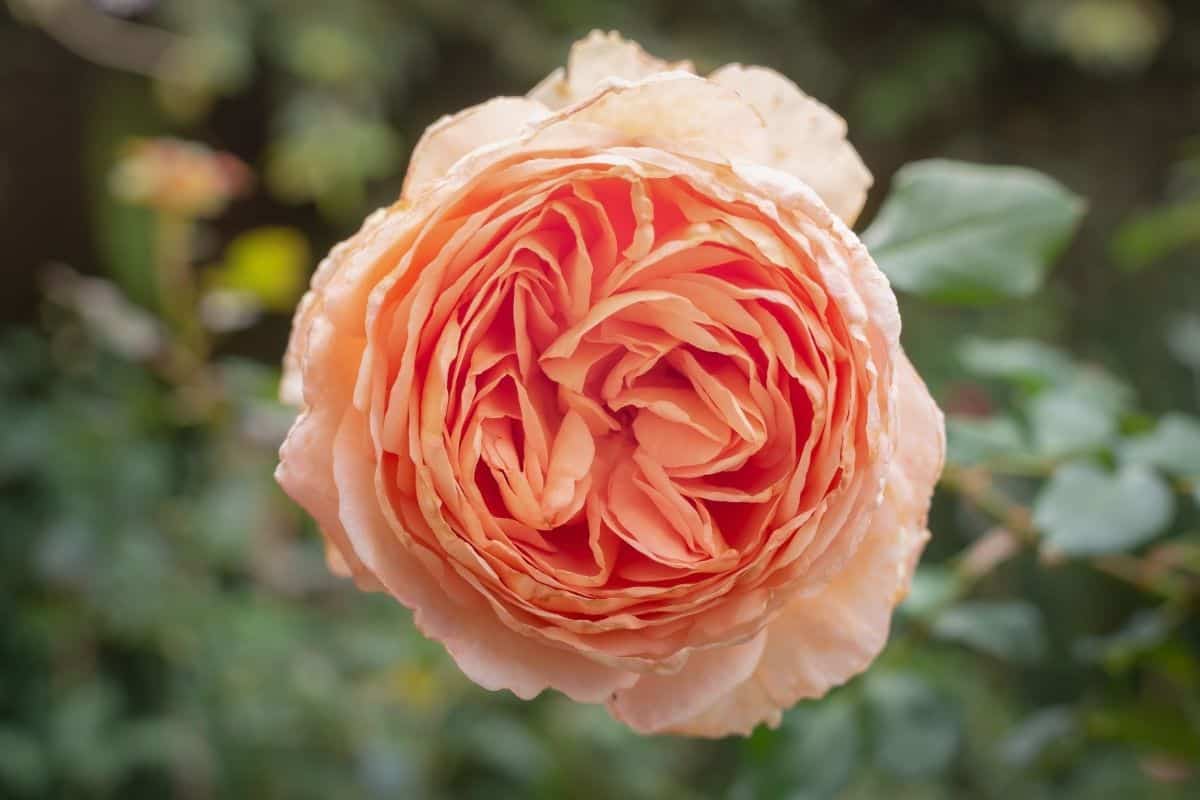
Also called cabbage roses, centifolia roses typically have more than 100 petals. These hardy Dutch hybrids grow four to eight feet tall and bloom once per season.
6. China
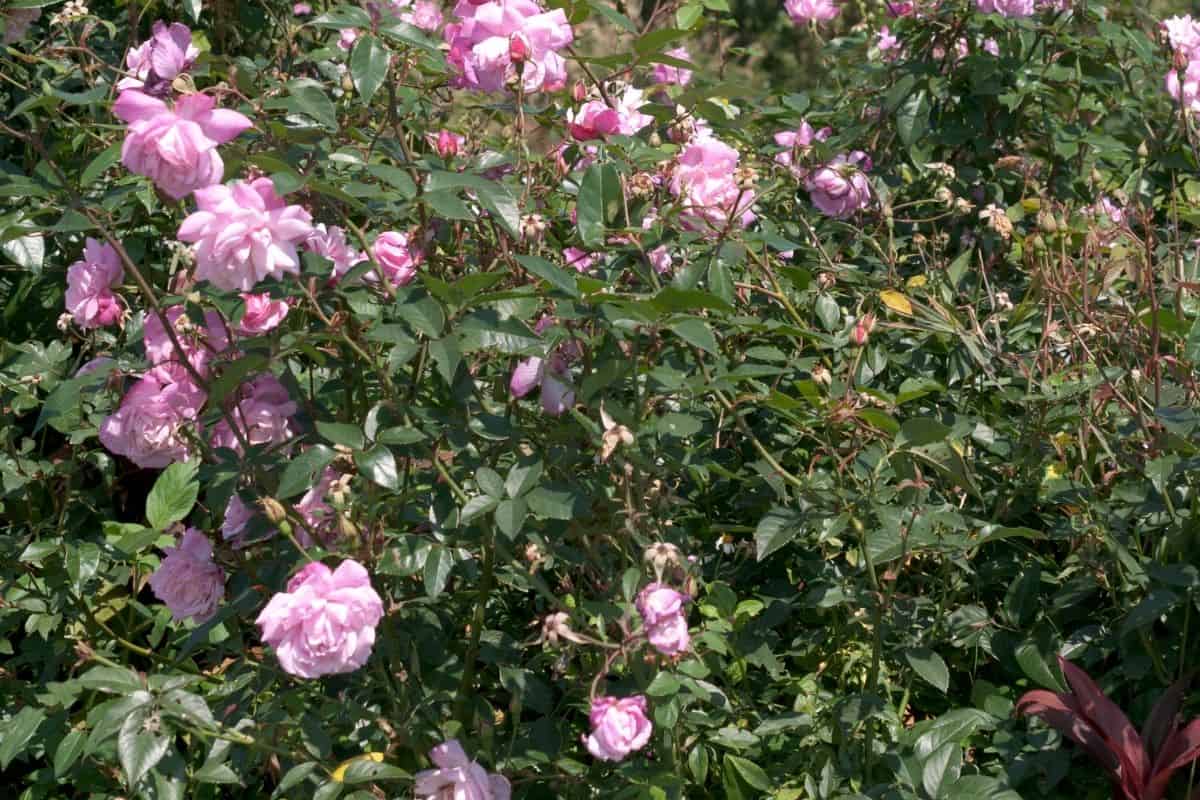
Famous for their repeat blooms, China roses are among the most important historical rose groups. The flowers tend to bloom in clusters, and the stems have few thorns.
7. Damask
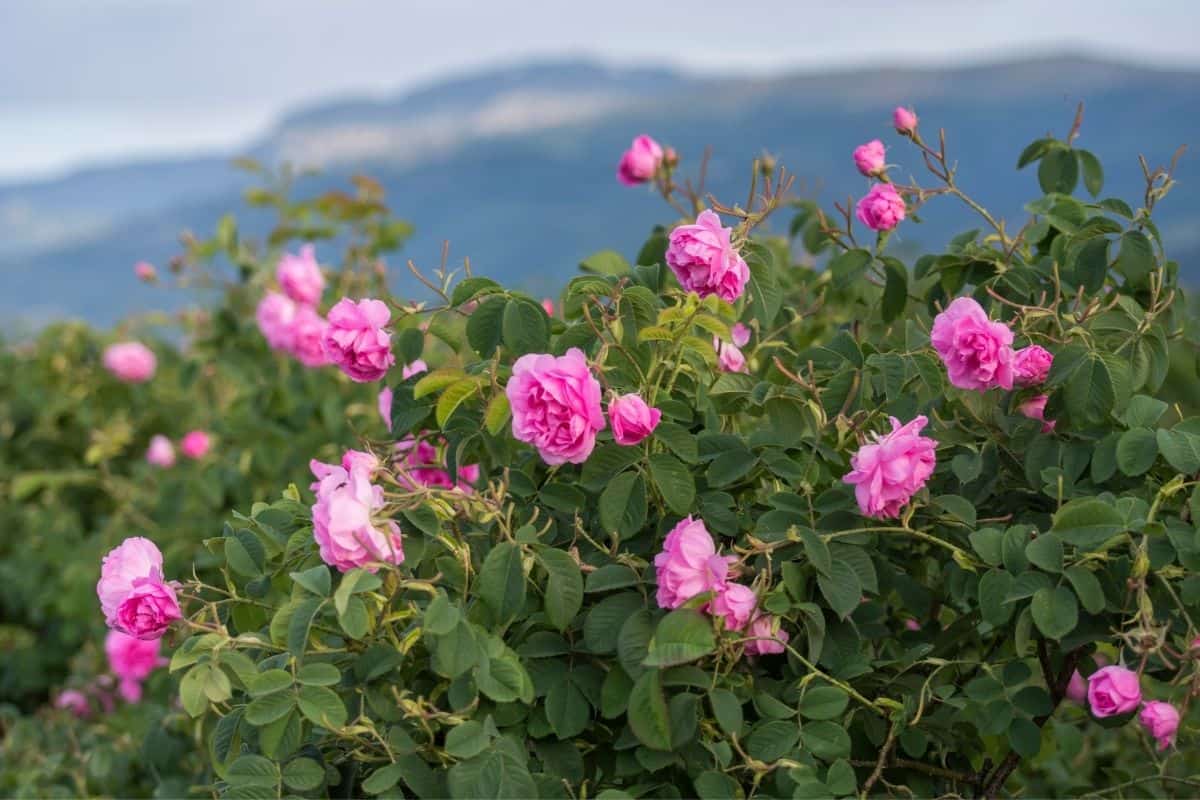
Damask roses are known for their heavy fragrance and are valued for their oils. Originally from Asia, they traveled to Europe via Damascus. Roses in this class grow three to six feet high, and some are repeat bloomers.
8. Hybrid China
Typically small, delicate plants, hybrid China roses average just two to three feet tall and require winter protection in colder regions. These repeat-flowering roses have a spicy fragrance.
9. Hybrid gallica
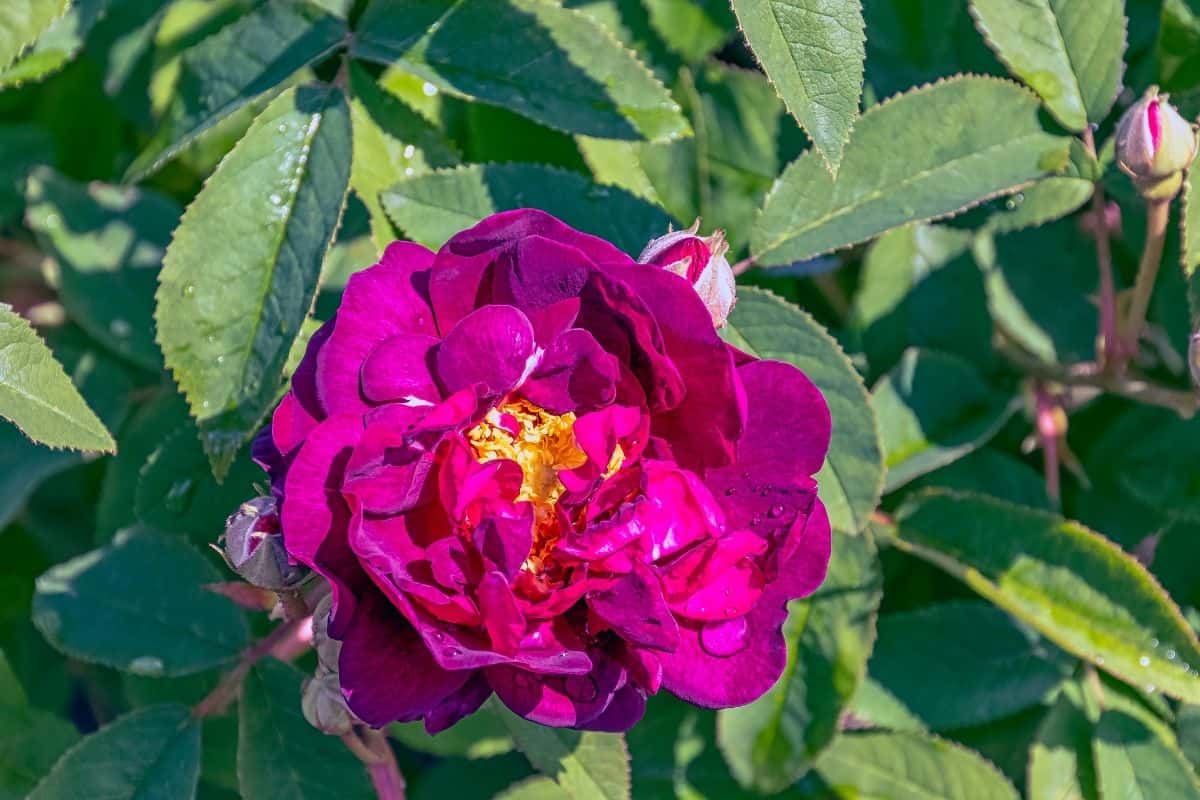
These once-blooming roses have fragrant flowers in brilliant colors. Although small, hybrid gallica roses are winter hardy.
10. Hybrid perpetual
Hybrid perpetual roses grow to about six feet tall and bloom repeatedly with large, sweetly scented, pink or red flowers.
11. Moss
Moss roses get their name from a distinctive moss-like thorn growth below the sepals. These small, somewhat sticky glandular structures smell like pine when rubbed. Typically winter hardy and sometimes repeat blooming, moss roses grow three to six feet tall.
12. Noisette
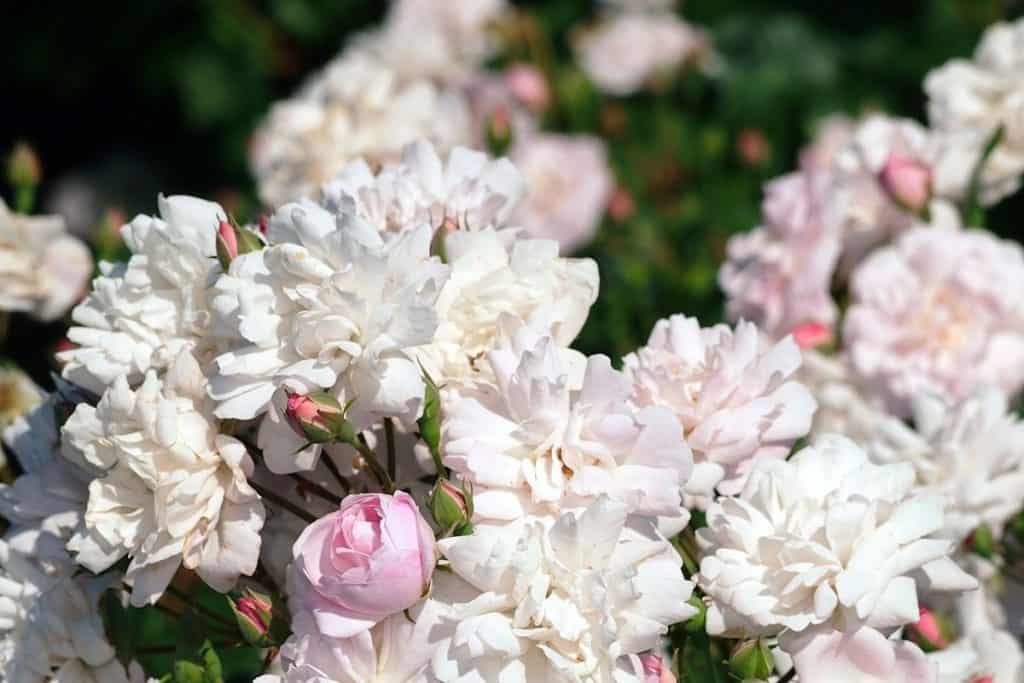
Developed by Philippe Noisette in South Carolina, Noisette roses produce fragrant clusters of flowers. The large, sprawling plants can reach up to 20 feet high.
13. Portland
Named for the Duchess of Portland, these roses are small in both number and size, averaging four feet tall. Portland roses have very short peduncles and bloom repeatedly.
14. Tea roses
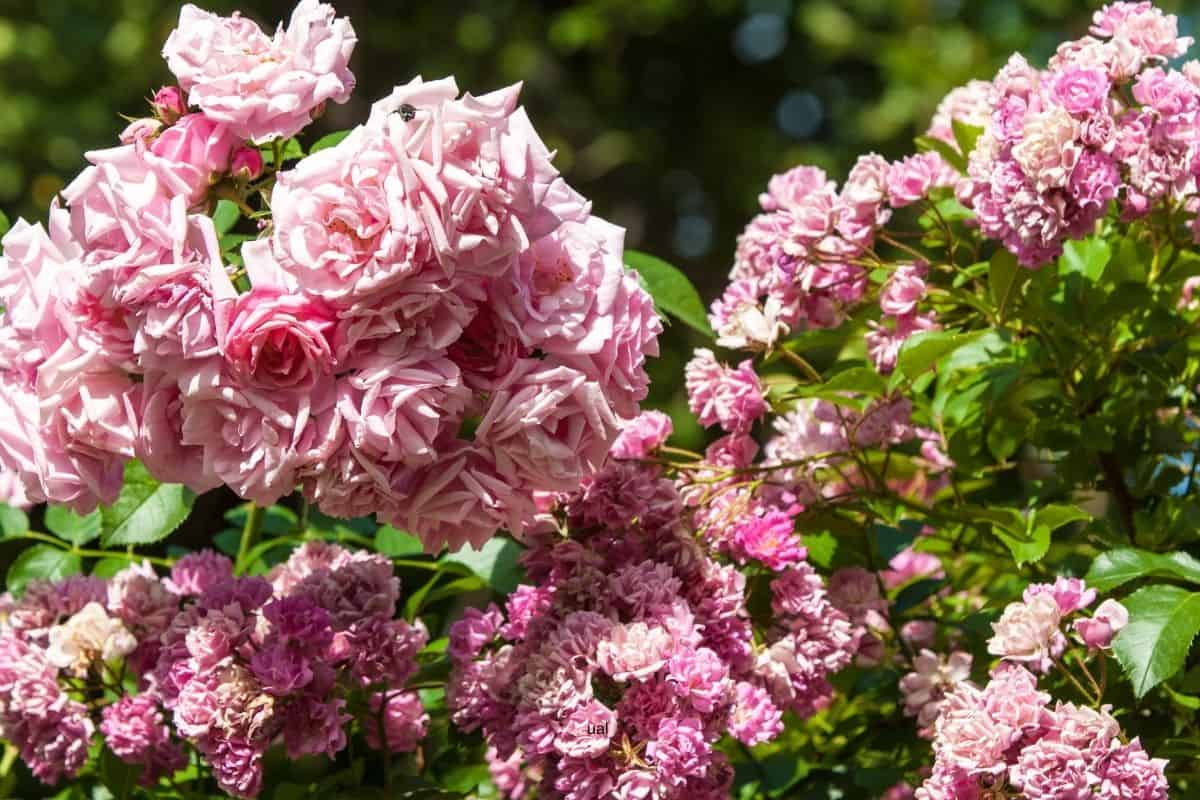
Tea roses produce large, drooping, or nodding flowers on weak stems. They have variable heights and include some climbing roses. Tea roses prefer light pruning and are winter tender.
Modern roses
Perhaps unknowingly, French hybridizer Jean-Baptiste Guillot ushered in the era of modern roses with his introduction of the first hybrid tea rose, La France, in 1867. All roses developed since then are categorized as modern roses. Other hybridizers caught on quickly, and more than 10,000 hybrid tea roses had been developed by the end of the 20th century. Here are some of the most popular classes of modern roses:
15. Hybrid tea roses
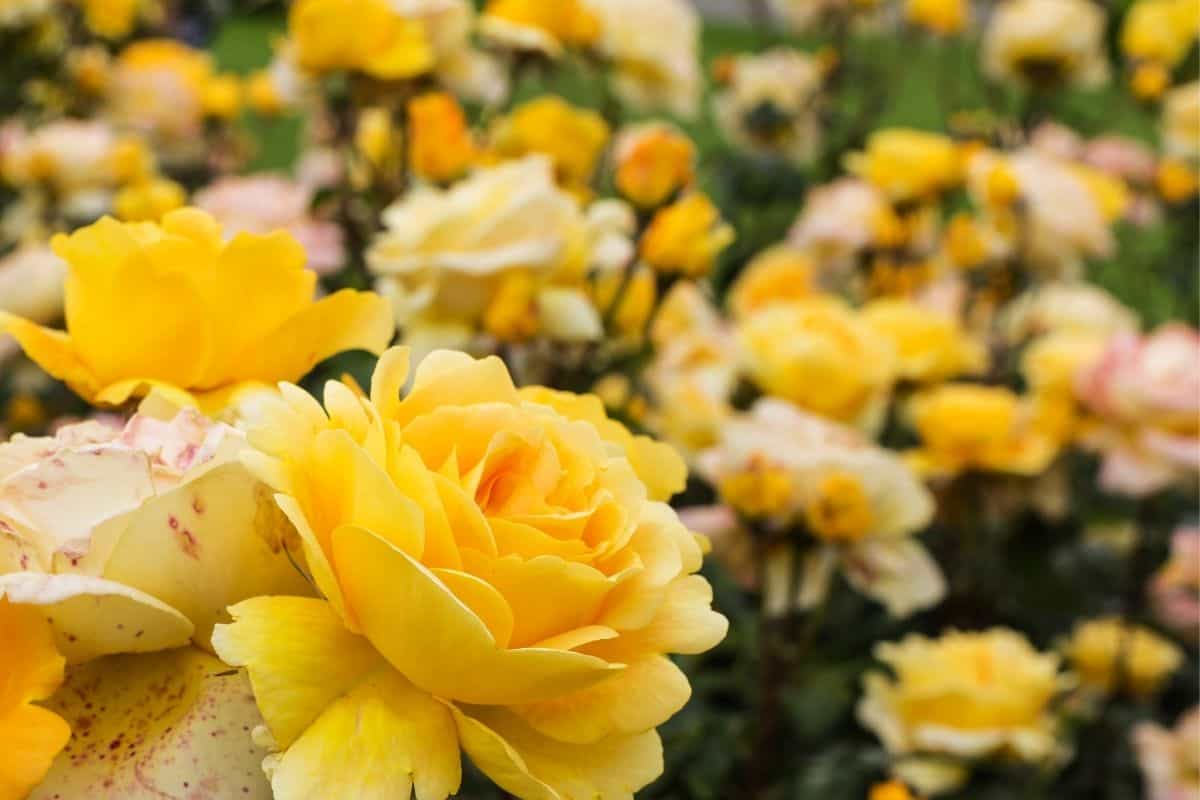
Possibly the most popular modern roses, hybrid teas bloom repeatedly with large, shapely flowers adorned with 30 to 50 petals. These hardy plants produce single blossoms on long stems, sometimes with side buds.
16. Floribunda
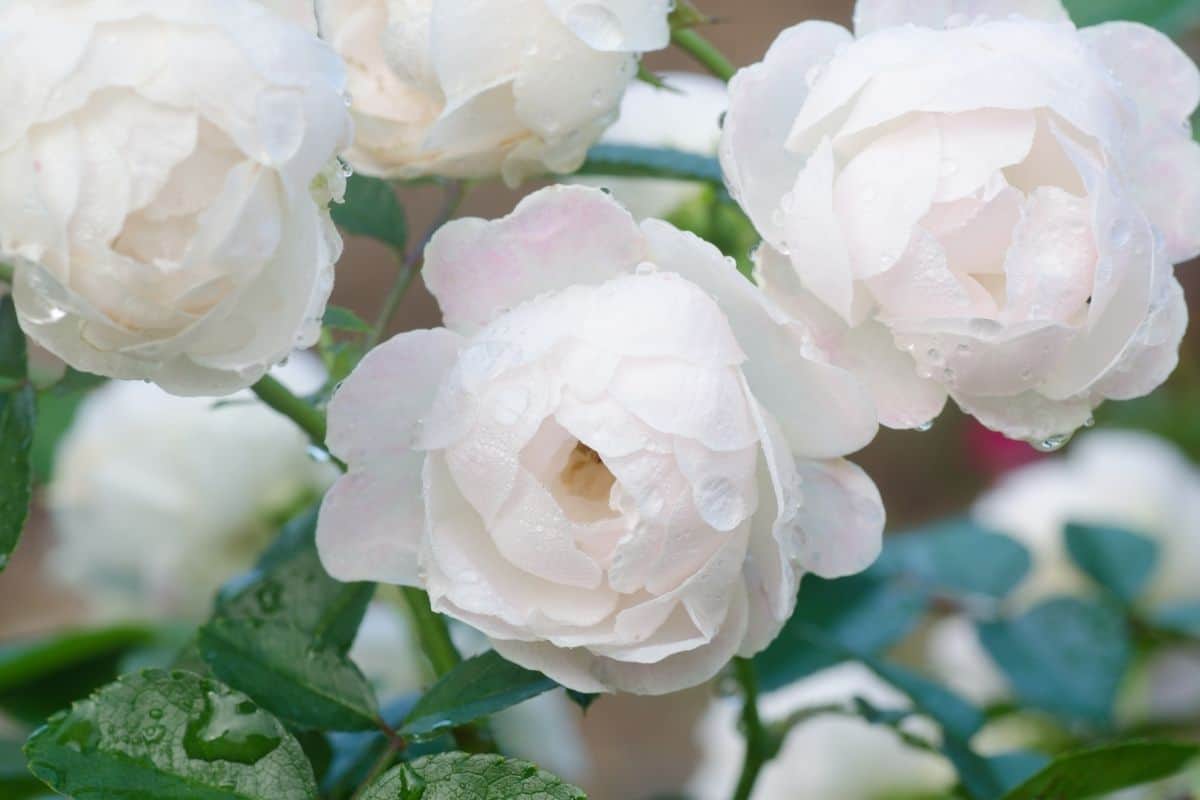
Floribunda roses are known for their large, colorful, continuous garden displays. Each of the clusters or trusses of blossoms contains more than one blooming flower at any given time. As an added bonus, floribundas are hardy and easy to care for.
17. Grandiflora

The first Grandiflora rose, Queen Elizabeth, was developed in 1954 by crossing a hybrid tea with a floribunda. In addition to exhibiting characteristics of hybrid teas, Grandiflora roses grow six to eight feet high and bloom in clusters or trusses like floribundas.
18. Polyantha
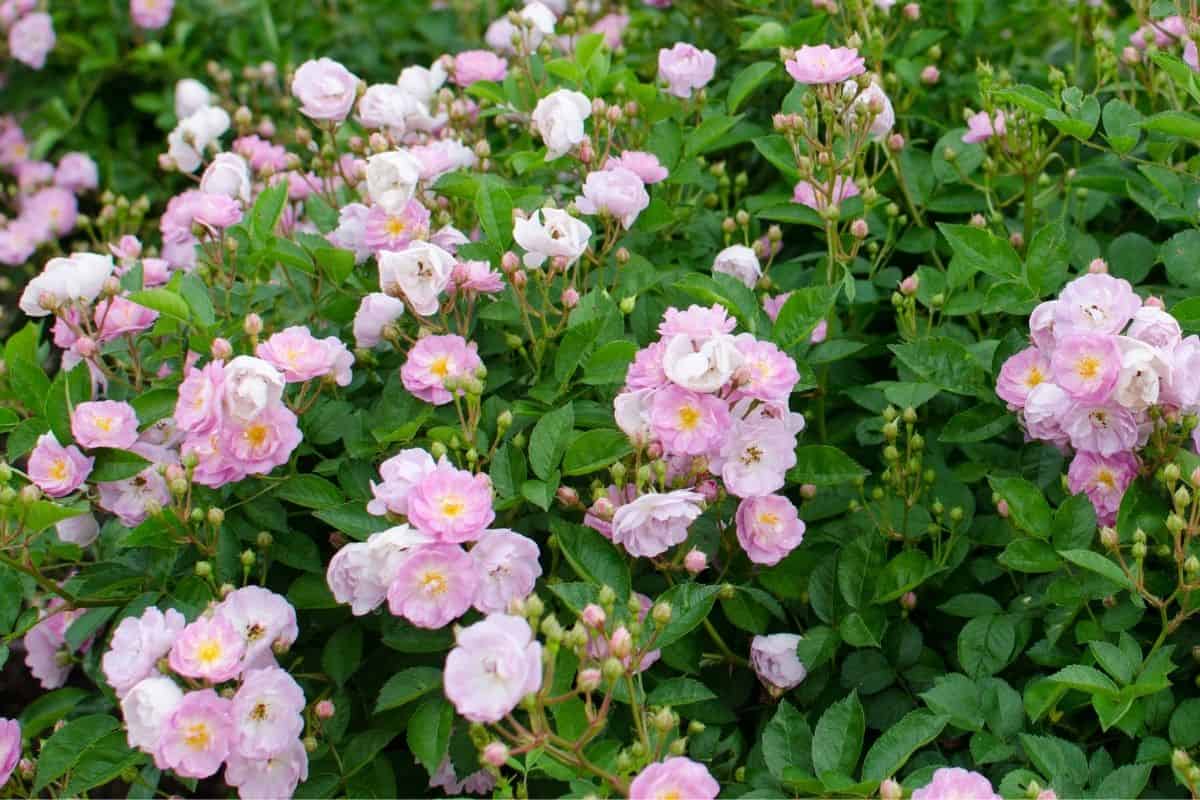
Although typically on the smaller side, polyantha roses tend to be sturdy plants covered in large clusters of tiny, one-inch blossoms in shades of white or pink.
19. Miniature roses
At only 15 to 30 inches high, miniature roses appear to be tiny hybrid teas or floribundas, with flowers and foliage that appear as miniatures of both classes.
20. Miniflora
A relatively new class first recognized in 1999, miniflora roses feature intermediate flowers and foliage between the size of miniature and floribunda roses.
21. Shrub (classic and modern)
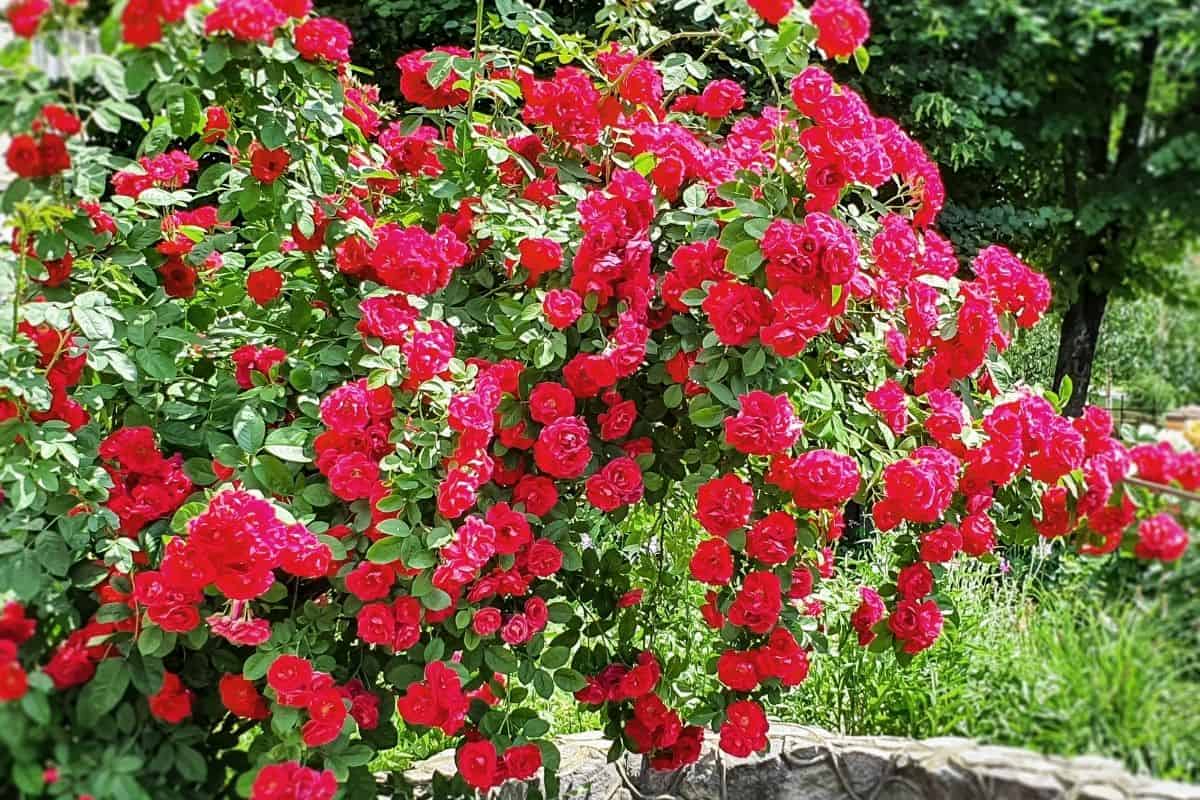
Easily recognized by their sprawling habit, shrub roses grow five to 15 feet in every direction and produce masses of flowers. These hardy, fragrant plants look like old garden roses but are recurring bloomers.
22. Large-flowered climber, hybrid gigantea, hybrid wichurana
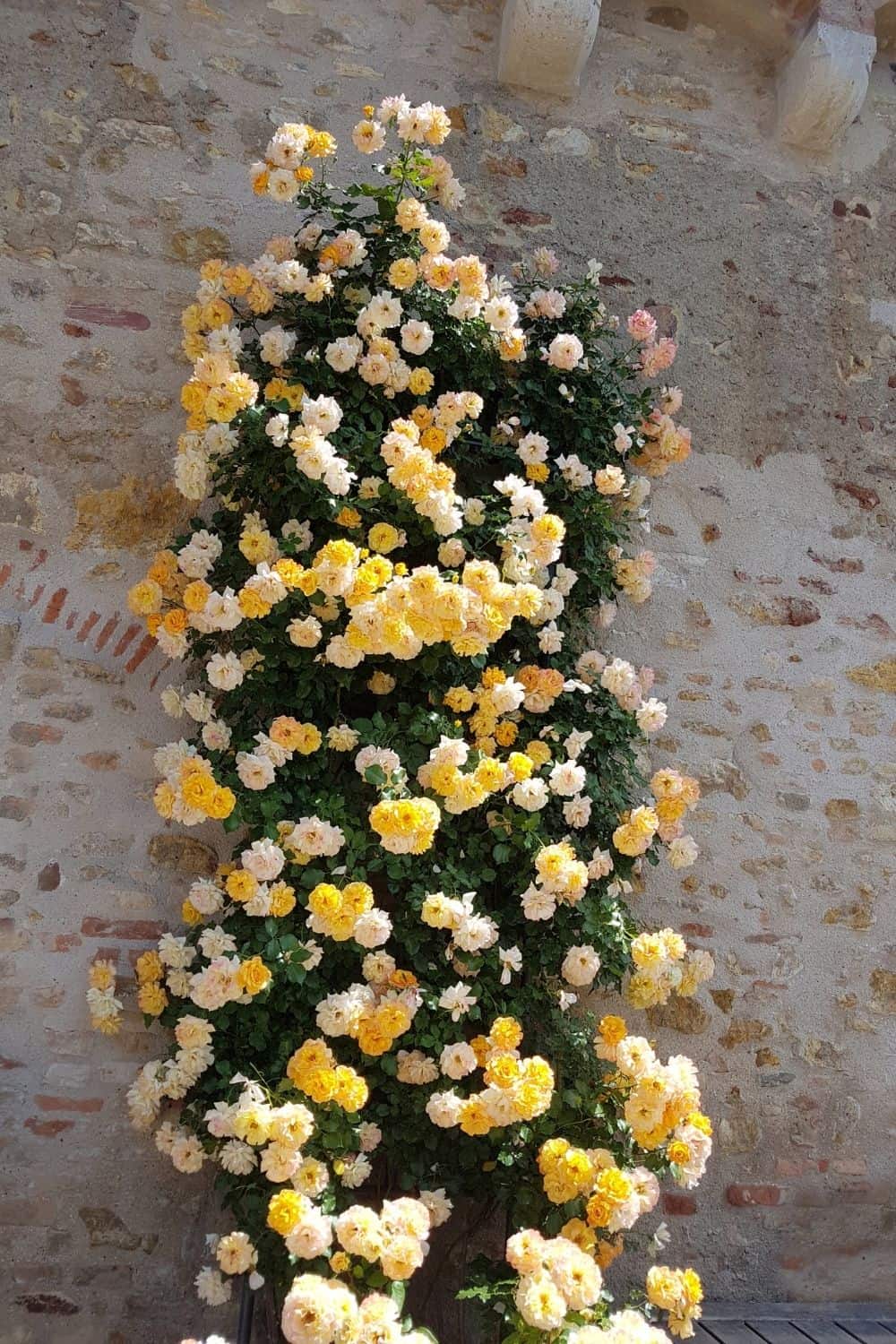
Large-flowered climber, hybrid gigantea, and hybrid wichurana roses feature a wide range of flower colors, forms, and shapes but all have large, arching canes that can climb fences, walls, or trellises if properly trained. The American Rose Society lists these three varieties together.
Whether you hope to plant your own rose garden or simply want to learn more about these classic garden flowers, I hope this guide to different types of roses has helped untangle some of the confusing terminology surrounding the different kinds of roses and inspired a new appreciation for their remarkable diversity.
Don’t want just roses in your garden? Try some of these companion plants for roses.
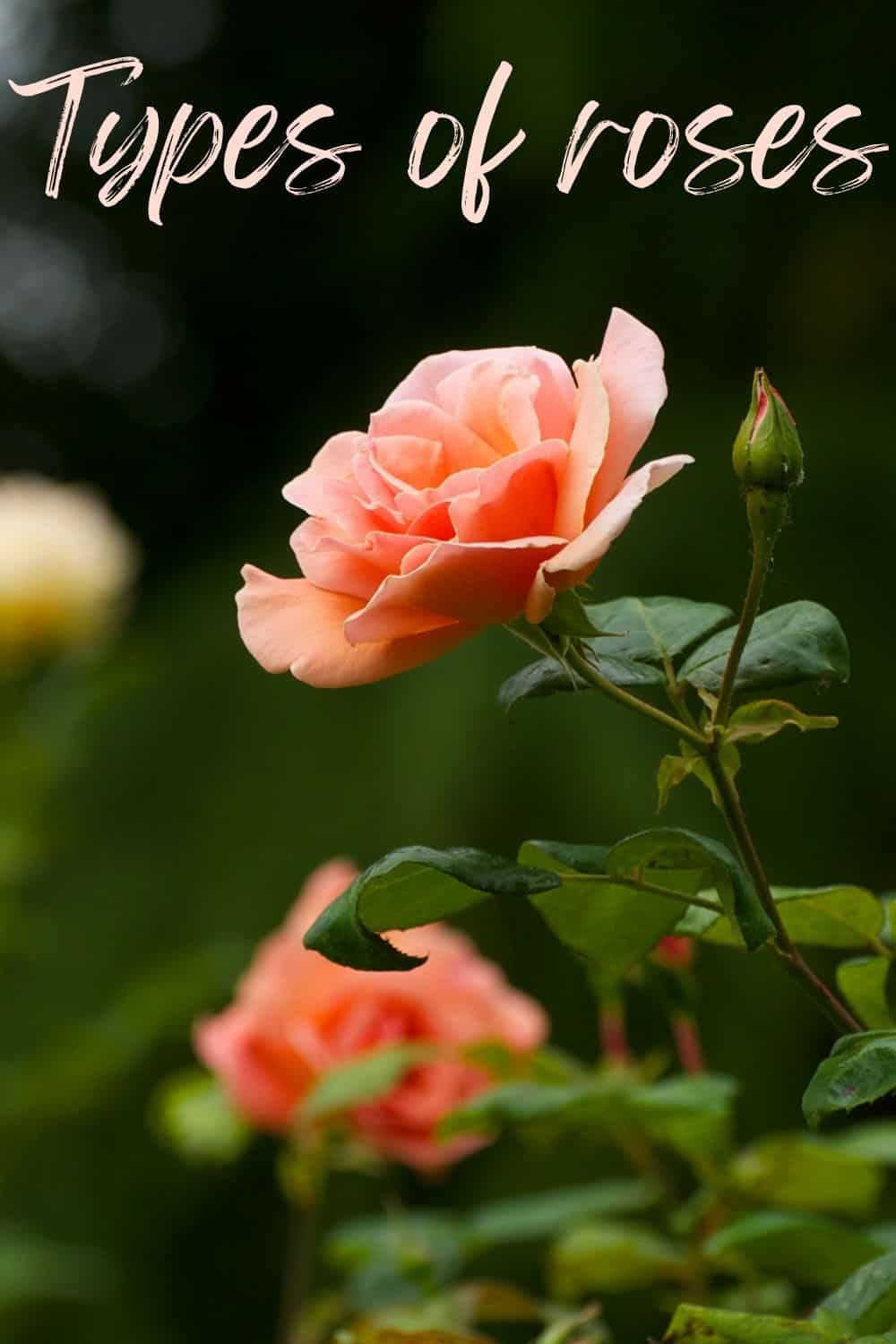



The Most Fragrant Roses To Plant In Your Garden
Tuesday 16th of May 2023
[…] types of roses […]
7 Great Companion Plants For Lavender (And 3 To Keep Away From Them)
Saturday 7th of January 2023
[…] most people consider roses to be fussy plants, there are varieties of roses that are much lower in maintenance. While hybrid tea roses take quite a bit of special care, shrub […]
How To Prune Roses To Keep Them Blooming Beautifully
Thursday 3rd of November 2022
[…] Types of roses […]